Keith Cunningham – 1929-2014
In this 2001 interview, Mike Dempsey meets the modest and rather mysterious artist and designer.
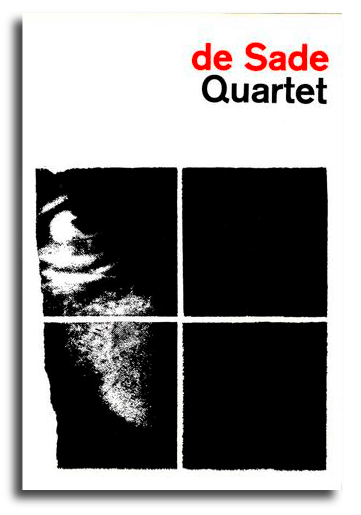
It is 1964. The Beatles have released A Hard Days Night, there are only two channels on TV, both in glorious black and white and the pirate station Radio Caroline has begun broadcasting, anchored off the coast of Essex.
Meanwhile, I have just made my weekly visit to the local library, where I quietly removed book jackets from their hardback covers to add to my growing collection. This was not an activity that was particularly proud of, but had convinced myself that was liberating these jackets from their inevitable disintegration. I knew very little about graphic design at the time and this illicit activity made me feel closer to this world.
Why am telling you all this? Because on that particular day came across a book jacket that made an immediate impact on me, a cover for Marquis de Sade’s Quartet. The simple design structure was unlike anything had seen before. On the flap was printed ‘Jacket designed by Keith Cunningham’.
Over the ensuing years, I noticed more of Cunningham’s work, all with the same economical approach. Nearly 40 years on, wondered whether this man was still working and set about tracking him down. It was remarkably easy – I simply phoned Peter Owen, the publisher of that original book jacket.
I met Cunningham at his flat, where he has lived for over 40 years with his wife Bobby Hillson – the woman who introduced the first masters degree fashion course to Central St Martins School of Art and Design. The flat is full of 1960s decor, with white walls, a paper lantern, a stainless steel and marble coffee table and Marcel Breuer chairs.
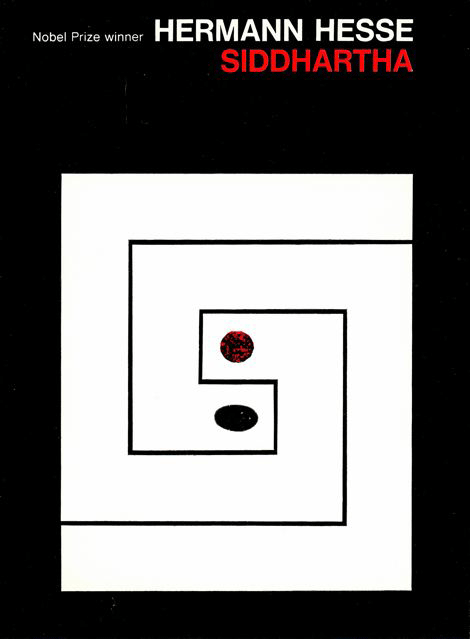
Cunningham was bemused that anyone would want to talk about work he had produced almost 40 years ago. I quickly became aware that he is a very guarded and cautious man, punctuating answers to questions with qualifiers such as, ‘don’t want that on record’ or ‘Please don’t write that down’.
During this slightly uncomfortable start, I noticed something else. There were lots of paintings stacked in groups, all facing the wall. Others on display had been carefully covered with sheets of paper. Intrigued, asked him for an explanation. He said that he understood our interview would centre on his graphic work and didn’t want to visually confuse matters.
Cunningham was born in Sydney in 1929. He left school at 15, with the ability to draw and very little else. He found a job as a general assistant in the ad department of Sydney’s largest retailer, David Jones, where he prepared artwork and kept supplies stocked up.
One of the frequent visitors to the department was the eminent Australian designer Gordon Andrews, who acted as a consultant for David Jones. Cunningham was in awe of this glamorous, impressive individual and the professional world he inhabited. He eventually plucked up the courage to speak to him and from that point on Andrews took a keen interest in him, providing books on design and suggesting that he attend evening classes at the East Sydney Technical College.
Cunningham had dreams of escaping from an unhappy home life where his father, a violent and unpredictable man when fuelled by alcohol, created an unbearable atmosphere. He became Andrews’ assistant, preparing work for the two days a week when Andrews came to the ad department. Cunningham absorbed everything he could from the experience and avidly devoured any book relating to design.
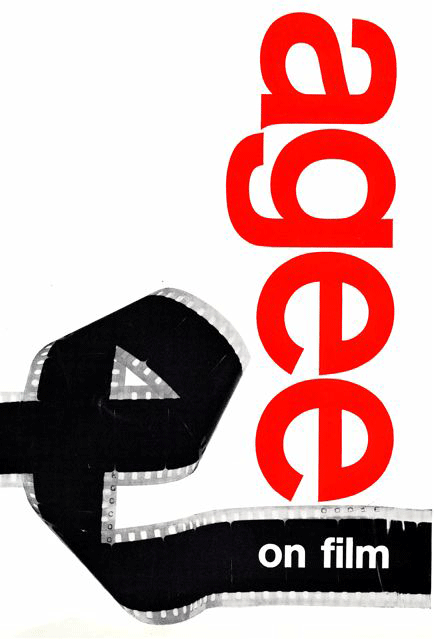
Eventually, he felt that a better design education was vital to his progress. He set his sights on New York, but Andrews suggested that London would be better for him. At the age of 17 and with a pitiful sum of money, he set sail for London, working his passage by waiting tables.
London in 1949 was a grim place with much bomb damage. Cunningham had only one contact address in London, the buyers’ office of the David Jones store in Regent Street. He misguidedly believed that they would be able to secure him a place at Central St Martins and headed straight for their offices. They simply drew him a map, pointed him in the right direction and said ‘good luck’.
Next day, equipped with a portfolio of work, he presented himself, unannounced, at Central St Martins’ reception. Taking pity on him they called Jessie Collins, one of the principals, who interviewed him in the corridor. He was impressed with Cunningham’s work, which he felt showed promise and professionalism.
He was offered a place there and then, but his great hope for a better design education started to fade: the projects he was set were uninspiring compared to the real world he had been exposed to with Andrews.
To supplement his meagre living he worked in the evenings, washing dishes at local restaurants. Either luck or fate was on his side – Andrews had arrived from Australia and was working as a consultant at the Design Research Unit, famously headed by Sir Misha Black. Andrews was in need of an assistant, so he looked Cunningham up and suggested he take time off to help on some new projects. Cunningham jumped at the chance, and what he thought would be a few weeks work turned into a year. During this time he worked on major exhibition designs, including the Festival of Britain exhibit at the Science Museum. Eventually he was called back to Central St Martins to complete his course, which he did reluctantly, finishing with a thesis on architecture.
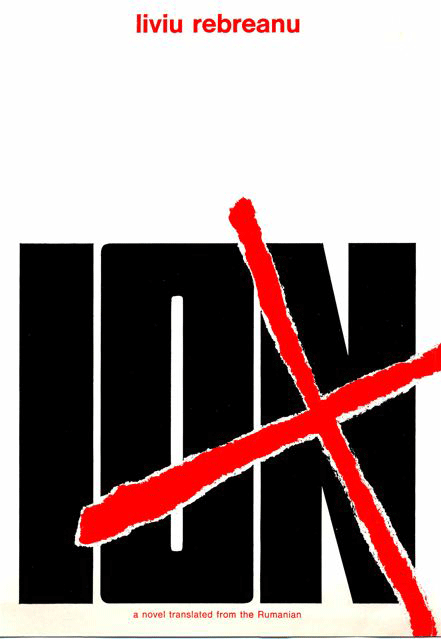
He graduated in 1952 and, still yearning for a deeper creative education, he decided to take up a place at the Royal College of Art. At the suggestion of Abram Games, he went to see Rodrigo Moynihan, then the head of painting. Moynihan offered him a place on the fine art course. Here Cunningham worked alongside fellow students Jo Tilson, Frank Auerbach, and David Methuen. At last he felt that his heart and mind were being fully engaged.
During this time his paintings came to the attention of Sir Roger de Grey, Carol Weight and John Minton. They all agreed that Cunningham’s work showed originality and innovation. In 1956, he left the RCA clutching an impressive first, along with a travelling and continuation scholarship. This latter bonus would enable him to devote himself totally to painting without the pressure of money worries.
He used his travel bursary to explore Spain, but returned to London to complete his continuation scholarship. During this time he exhibited at the Royal Academy’s Summer Exhibition, the Beaux Arts Gallery and later with the prestigious London Group show for two consecutive years. This culminated in Cunningham being asked to submit work for full membership to the group – he declined. He then made the even more extraordinary decision to withdraw completely from any further public exhibition of his paintings. However, there are examples of his work in the Olinda Museum in Brazil, North West Trust Collection in Northern Ireland and the private collection of Elsbeth Juda.
His painting activities were supplemented by a return to graphics. At the suggestion of Tom Eckersley, he became a part-time lecturer at the London College of Printing and, drawing on the experience he had with Andrews, became an accomplished exhibition designer. A great believer in the collaboration of designers and photographers, he would often team up with Barry Warner, who was well known at the time for his strikingly graphic images. They worked together on exhibition stands for brake friction components producer Ferodo, AEI and BOAC. The Ferodo stand is a particularly good example of this fusion of talents.
They also worked on editorial for Tatler magazine. Then came the opportunity for Cunningham to act as a consultant art director with ad agency John Collins, where he worked on a series of ads for El Al airlines. In 1964, he started his long association with publisher Peter Owen, designing book jackets.
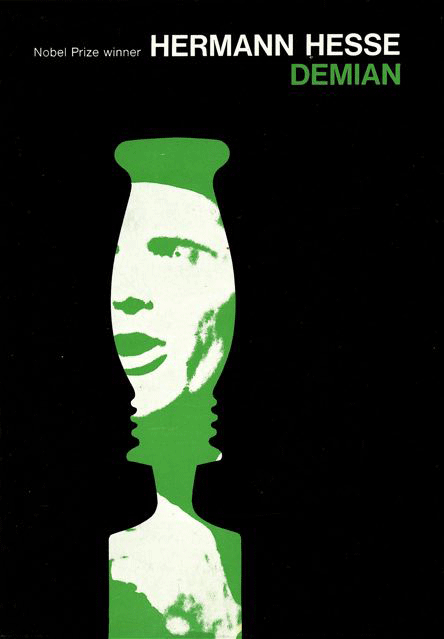
For me, this was a special period for Cunningham’s graphic work. The designs were mostly produced in two colours due to financial constraints. Rather than hampering the design outcome, Cunningham created covers of great simplicity and effectiveness. Using found imagery or photograms that he would create, he produced a stream of graphic covers with utter economy. His clear and simple approach eventually succumbed to the pressures of change in the marketplace and his style changed. He continued with Peter Owen and took on work from The Economist, designing covers, an identity for the National Book League and the design and production of a series of Art and Design books for Thomas Nelson Publishers. He also continued with his weekly two-day slot at LCP.
During the 40-odd years he was there, students such as John Hegarty, Michael Peters and Fernando Gutiérrez passed through his hands. Few knew much about this Australian, who would crit their work, underline the importance of understanding the print process and enthuse about the creative coupling of design and photography. Or perhaps simply help point them in the right direction, just as Andrews had done for him all those years ago.
By our second meeting, I was becoming more intrigued by the hidden canvases. Dismissing my curiosity, he turned the subject back to his graphic work. I continued to chip away until he finally agreed to show me his work. A week later we strolled to a large, brooding industrial building, originally a laundry, but now converted into a centre for small businesses.
Cunningham has rented a studio here for 17 years and I was the 17th ‘invited’ visitor during that time. This was not a building converted to the trendy workspace standards of London’s Shoreditch. It had simply been let out with its new inhabitants left to adapt the spaces to suit their particular needs. Cunningham’s space was small, with most of its windows covered to frustrate prying eyes. The room was full to bursting with paintings, neatly covered and stacked to protect them from dust. The windows were sealed shut and the lack of air, combined with an extremely hot evening, made me feel faint. I was allowed to leave the studio door open for some air, only to have it hastily closed by Cunningham when he heard footsteps, saying, ‘don’t want any of those people snooping in here’. But did have the pleasure of seeing the lifetime work of a man clearly obsessed and driven to paint, something he does every day.
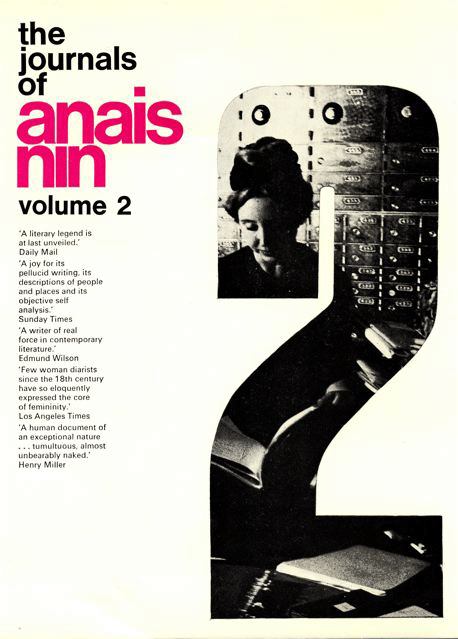
We returned to his flat and over a chilled bottle of white wine we talked further as he showed me more recent work. These were drawings and watercolours, all meticulously placed in cellophane bags and housed in individual folders. There were hundreds, if not thousands of these neatly stacked drawings and paintings, all signed, dated and often containing background notes on subject matter. He showed me a series of 20-odd skyscapes he’d painted from his balcony. These beautifully executed watercolours, each recording the subtle changes of light and movement, were captured like the images from a motordrive camera.
I left Cunningham on that balmy summer evening, leaving him to gather up the many drawings and watercolours that he had shown me. Driving home, pondered on the notion that this man had carefully balanced his life, using his design and teaching work to fund his private passion of painting. He had created pieces of work so personal to him that he finds it difficult to share it with others – for fear that they may lose something? Their integrity perhaps?
Maybe one day there will be an opportunity for more people to see the work of this very private man, whose book jacket design inspired me nearly 40 years ago.
-
Post a comment




